Let me start by getting the obvious out of the way.
Conversions matter.
I’m not going to try to convince you in this blog post that you shouldn’t test for conversions or that conversions will magically happen without any work.
Here’s what I am going to try and convince you of, however:
A focus on traffic generation instead of conversion optimization is almost always the right place to invest your energy and attention.
Notice, I said “almost.”
Of course, if you’re driving traffic to your website and converting no one, some conversion optimization might be in order.
For most of you, though, that isn’t the case.
Rather, you are converting traffic — but perhaps just not as much as you’d like.
So you throw money at conversion optimization.
And you’re not alone. 74% of companies rate converting contacts and leads into paying customers as a top priority, with website traffic falling to second place.
But is that right?
Sure, it’s one way of doing things. But is it the best way of doing things?
That’s the question I intend to answer for you.
And I intend to answer by explaining that, for most of you, prioritizing traffic over conversions is a better strategy than the alternative.
I know that you’ve read plenty of blog posts recommending the opposite. Articles like Why Conversion Is More Important Than Traffic for Generating Sales.
This isn’t one of those articles.
In fact, here are the four reasons that a focus on traffic is more profitable than a focus on conversions (almost always).
1. Traffic increases your number of conversions
What if I told you that quality traffic directly increases the number of conversions you’ll receive?
Would you believe me?
Well, you don’t have to.
The truth is simple logic.
First, take a moment to consider some average conversion rates.
But a fair warning: it’s not going to be pretty.
The majority of conversion rates fall below the abysmal .5% marker.
Yikes.
And the conversion rate by referrer doesn’t really paint a better picture, with the best average sitting around 4%.
The same is true for e-commerce conversion rates by device.
No matter how you look at it, the truth is the same.
Conversion rates are notoriously low.
At best, 4 out of 100 people who visit your website will convert.
Just take a minute to think about that.
That means you have to pay to get 25 people to your website before even one person buys.
And that’s on a good day.
So what are you to do?
Try and increase that conversion rate by one percent, only to receive a few more sales for every 100 visitors?
No, I don’t think so.
I think there’s a far better solution.
And its name is traffic.
Even with an unsatisfying conversion rate, you can increase your number of customers by increasing your amount of traffic.
Imagine you increase your website traffic by just 500 people.
If you have a 4% conversion rate, that’s 20 new customers or leads.
That’s a lot of extra cash for a small amount of work.
Which illustrates the primary reason that traffic is a far better focus than conversion optimization.
Let’s, for instance, take the same scenario, but assume that you worked to increase your conversion rate instead of your traffic.
Imagine you even managed to increase your conversion rate by an entire percentage point, from 4% to 5%.
How many extra conversions would that get you?
Five. That’s right. You would receive five extra sales for an extraordinary amount of work.
That’s not very compelling.
And if you’re like most B2B content marketers, one of your primary goals is to generate more leads.
Evidently, though, the answer isn’t to optimize your website for conversion.
But to drive more traffic to your already-converting website.
That will have a far better pay off than the alternative will, in the end.
And fortunately for your traffic-driving strategy, 70% of people feel more bonded with a company after reading custom content.
You can leverage those facts in your own content marketing strategy.
Drive traffic to your website and build relationships with the people who arrive.
Believe it or not, you’ll actually make more money faster than you would by focusing on conversion optimization.
So long as your website is converting near one of the low averages, then you’ll be far better off by driving additional traffic rather than changing the color of your CTA.
2. Traffic builds brand awareness
The more people that know about your business, the more people who can buy from you.
And with a focus on traffic-generation, more people will know about your business.
Take content marketing, for instance. You produce a helpful blog post for your target audience.
Then you run advertisements to the piece on social media and send out an email. People flock to the article like a kid to candy.
Some of the people are existing customers. But most of the people are new prospects.
They’ve never visited your website before and they sure haven’t bought from you.
Before, they didn’t even know about your business.
Now, however, they’ve seen your logo, read your content, and maybe even opted in to your email list.
In other words, they know who you are, and they like what you produce.
That marketing attention is a serious win.
And generating traffic and leads is one of the top marketing challenges for 65% of businesses.
Since you’re probably in the same boat as that portion of marketers, you don’t need me to convince you that you need more traffic and leads.
But you might need me to convince you that simple brand awareness is far more important than optimizing for conversions until your fingers are sore.
Just consider that 51% of social media marketers aim to increase brand awareness.
Or the fact that 85% of businesses use social media for the primary purpose of creating buzz around their business.
Clearly, brand awareness is just child’s play. Marketers are investing time and money into it with all seriousness.
But why? Why are they investing so much into such a fleeting concept?
Because the more that people know about you, the more that they’ll talk about you with their friends.
Just take a moment to think about this.
What’s the last leisurely conversation you had with someone today?
Seriously, think back to it.
What did you talk about? How many brands did you mention?
Did you discuss the place that you ate lunch? Or the movie you saw yesterday? Or the TV show you and your spouse just started watching?
The point is, we talk about the things that are top-of-mind.
If your business is top-of-mind, people will talk to their friends about you. Which means that their friends might just check you out on their own time.
Of course, there’s more to brand awareness than simple sight.
People also need to interact with your business by visiting your website, reading a blog post, and then leaving a comment, for instance.
In fact, 54% of email marketers claim that engagement is one of their highest goals.
This means that you should spend more time optimizing your traffic-generation strategy, not less.
You don’t want to just produce content. You want to produce amazing content.
Because while content will drive people to your website. Great content will drive them to your website and enhance your brand image.
And once they think highly of you, you’ll be hard-pressed to make them think otherwise.
After all, people hate changing their minds after they’ve made a decision.
Traffic builds brand awareness because people see you and, if you do it right, they might even like you.
But one thing’s for sure.
If they never get to your website, they’ll never have the chance to learn to like you (or buy from you).
3. Traffic raises long-term potential
It’s the age-old question.
If you could have $100,000 today or $1 million in a year, which would you choose?
For most of us, that’s a difficult question to answer. After all, you could use $100,000 for your family, your business, and your lifestyle right now.
But you really could use $1 million, right?
Although, you probably don’t want to wait a year.
The difference between optimizing for conversions or traffic is a bit like that hypothetical argument.
Just take a moment to consider the reasons that people abandon their online shopping cart.
As you can see, the reasons are plentiful.
There are tons of common and less common reasons that people decide not to buy online.
Some people balk because they have to create an account. Others resist a long checkout process. Still more find it difficult to read the text on the page. So, they leave.
Naturally, the temptation is to change and fix everything you can.
Remove the requirement to create an account, make the checkout process quicker, and increase the size of the font.
Will those things increase your conversion rate, though?
Probably.
But not as much as you would probably like.
A strategy that revolves around traffic, on the other hand, will pay you more in the future.
How do I know?
Well, it’s not until the sixth follow up that the chance of an email response surges to 27%.
And 80% of sales happen between the fifth and twelfth contact.
What’s the point?
That people have to see your ads, website, business, logo, message, and content a lot before buying from you.
It’s human nature.
We want to know that we’re making a good decision and the only way to know that is to determine whether we trust the business we’re buying the product from.
And, of course, trust takes time.
That’s probably why 88% of B2C content marketers are trying to increase customer retention and loyalty.
A focus on traffic might not generate loads of revenue right now. But in the future, it will.
After a few months, you’ll start to gain a following.
Then people will start to talk about you amongst themselves.
And eventually, you’ll have a seemingly magical and endless source of passive customer generation simply because people know who you are and talk about you with their friends.
If that sounds awesome, you’re not alone.
Marketers dedicated an average of 36% of their budgets to creating, curating, and publishing content.
That massive dedication is a result of businesses recognizing the long-term effects of a successful content marketing campaign.
Namely, that people will start talking about your brand, generating more passive traffic (and conversions) to your website.
Because here’s the thing.
About 50% of businesses don’t survive for even six years.
And while that stat only goes up until 2015, that curve doesn’t seem to be changing from year to year.
If anything, the problem is getting worse. People are starting more businesses than ever before which means that more businesses are failing than ever before as well.
Traffic, though, might be your key to building a sustainable business over the long term.
4. Traffic gives you the information you need to iterate
As I mentioned earlier, I don’t want to totally destroy the argument that you should spend time on conversion optimization.
After all, doing so will increase your conversion rate.
The argument I’m making is that traffic is a better focus for most of you than conversions.
But let me take a moment to make the argument that conversion optimization depends on traffic generation.
What do I mean?
I mean that you can’t A/B test your website and your checkout process and your content engagement without traffic.
You must have traffic to your website to test that traffic.
In other words, traffic allows you to test and iterate your conversion strategy.
Without a significant amount of traffic, you can’t test anything meaningfully.
Consider ConversionXL, which runs loads of different original tests on their website.
Here’s a heatmap from them regarding how effective star-ratings are for conversions.
And here’s another study that analyzes the difference between these two sets of sales copy.
And finally, one that looks at the difference between how people browsed The New York Times in 2004 verses in 2016.
That’s a wealth of knowledge for any marketer to have access to.
Now, though, imagine that you had access to all of that information, but it was on your very own website.
That would be pretty amazing, right?
Well, the only way that you’re going to get there is if you have a massive amount of traffic.
Normally, I’m talking about thousands and thousands of visitors every month.
That, really, is the only way to test your conversion tactics and come up with meaningful findings that allow you to iterate upon your current strategy.
And Optimizely reports that you might experience a 228% increase in conversions by regularly A/B testing and iterating.
Do you want to miss out on that opportunity?
Of course you don’t.
You want to optimize every page, advertisement, column, sidebar, and word of copy.
You don’t want to miss anything, and you definitely don’t want part of your website to fall behind.
Ideally, you want to optimize every part of your conversion funnel.
But again, the only way to make that happen is by increasing your traffic to the point that you can reliably produce meaningful results.
Because here’s what you don’t want to do. You don’t want to run tests, assume that your results are accurate, spend tons of money and time making changes, only to produce similar results.
Trust me. Without enough traffic, your tests mean absolutely nothing.
With more traffic, on the other hand, your tests become a source of answered marketing questions.
For your reference, here is the process for running great tests.
First, you determine which conversion you’re going to try and improve.
Then, you create a hypothesis for what you think is going to happen. Now create the variations and run the experiment.
At the end, you’ll measure your results and see what performed better. Your control or your variation.
But if you don’t have much traffic, then all of that testing will be more deceiving than it is helpful.
And that’s not a game you want to spend your time playing.
Conclusion
Yes. Conversions matter.
But it’s for that very reason that you should focus on traffic instead of conversions.
Counter-intuitive, I know.
But it really is the better solution most of the time.
And the reasons for that are simple.
Traffic increases your number of conversions across the board, builds brand awareness, raises your long-term business potential, and gives you the information you need to run reliable tests to iterate your current strategy.
Many people today are focusing far too much on conversion optimization and far too little on driving traffic.
Remember, people can’t buy from you if they don’t know who you are.
And they can’t know who you are unless you drive them to your website.
So what are you waiting for? Go get em’.
Why do you believe traffic is more important than conversions?

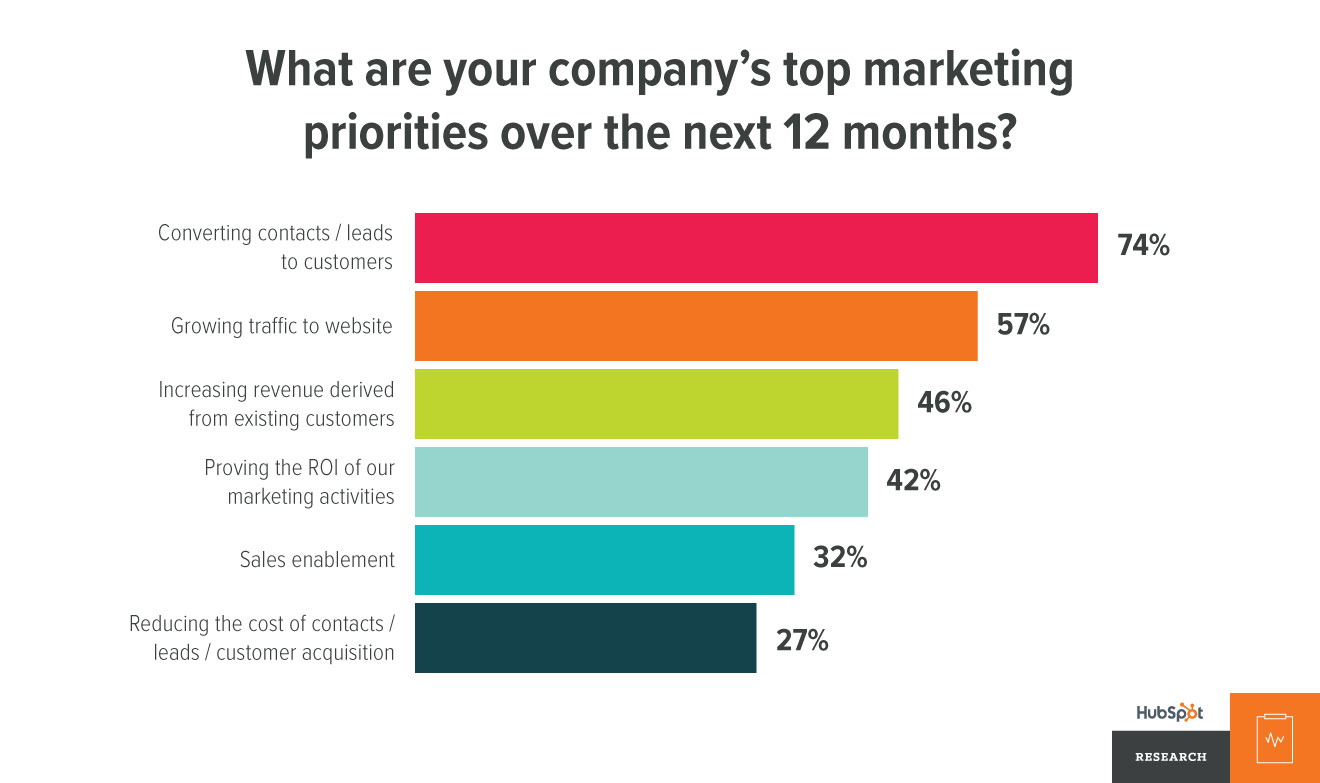
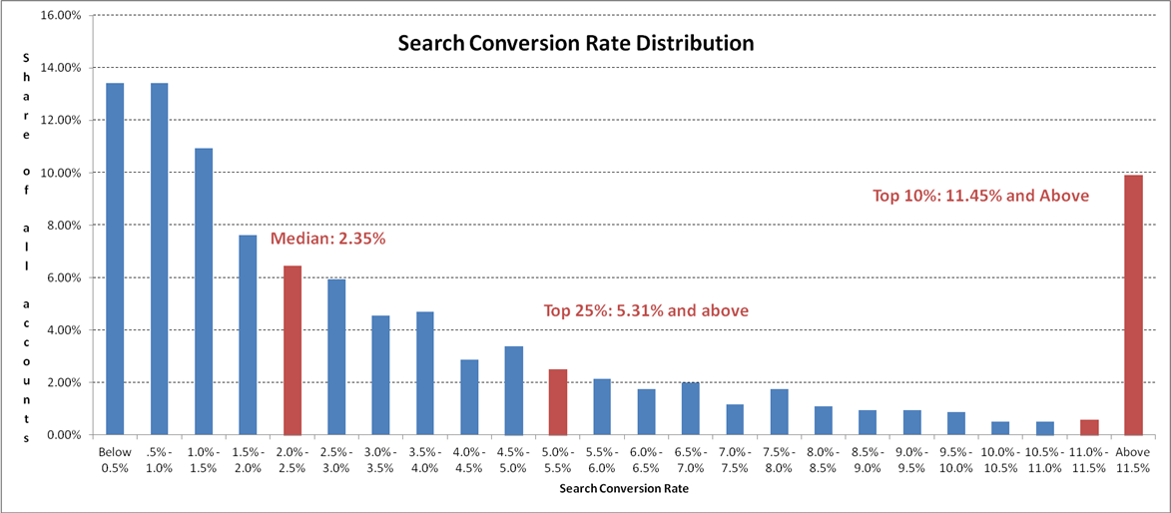
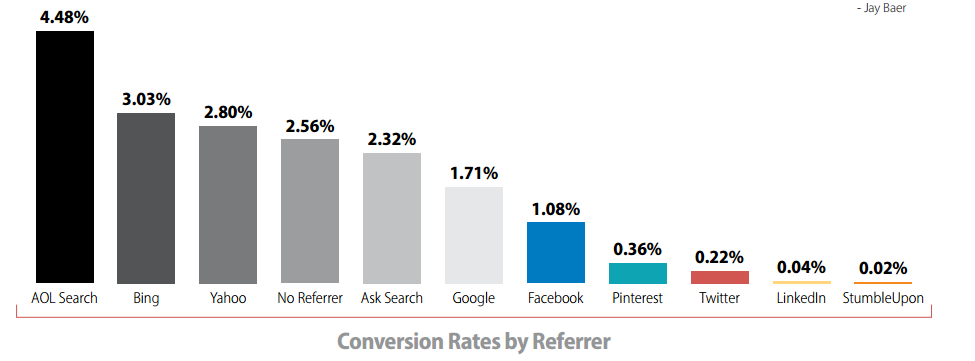
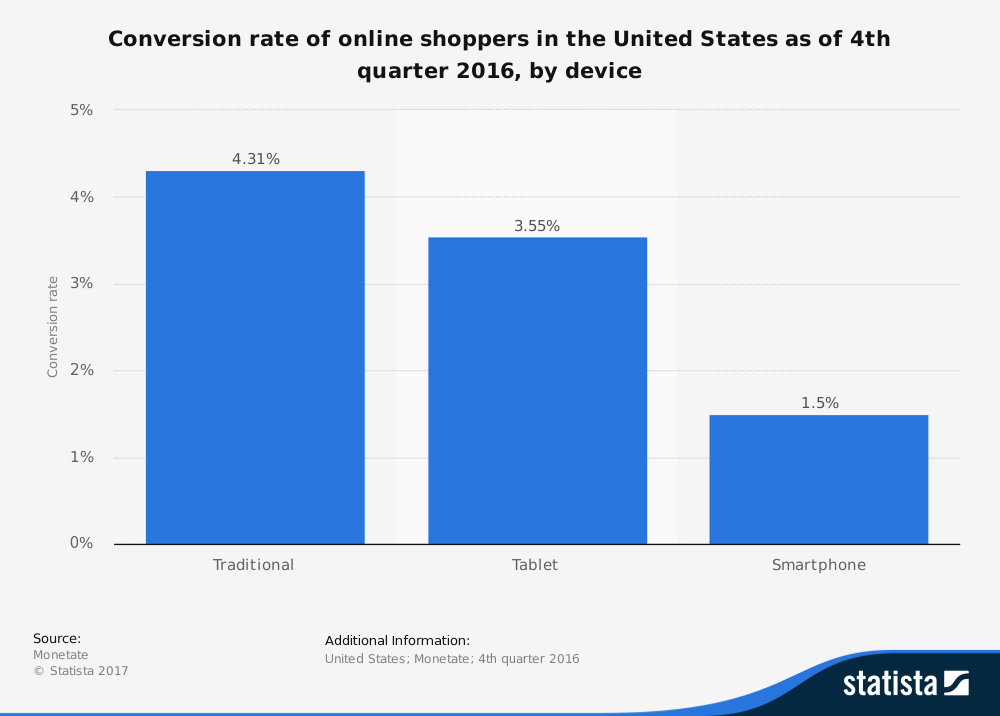

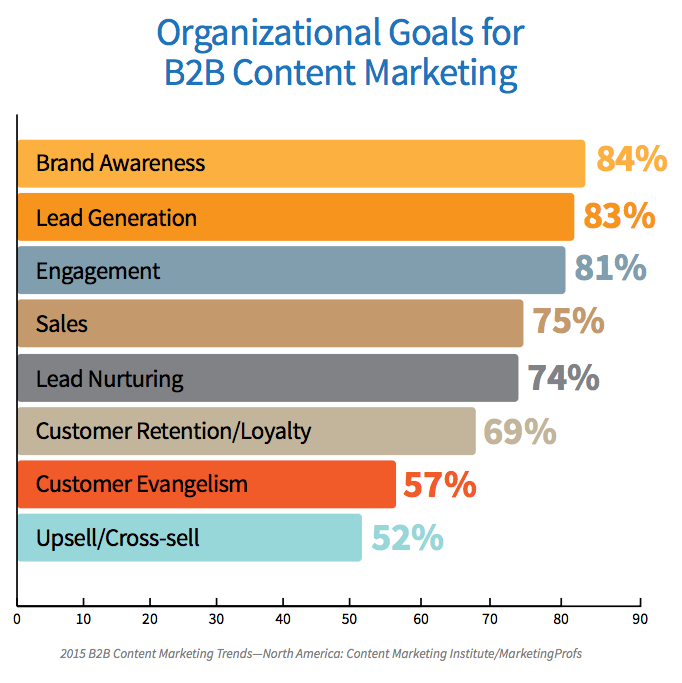
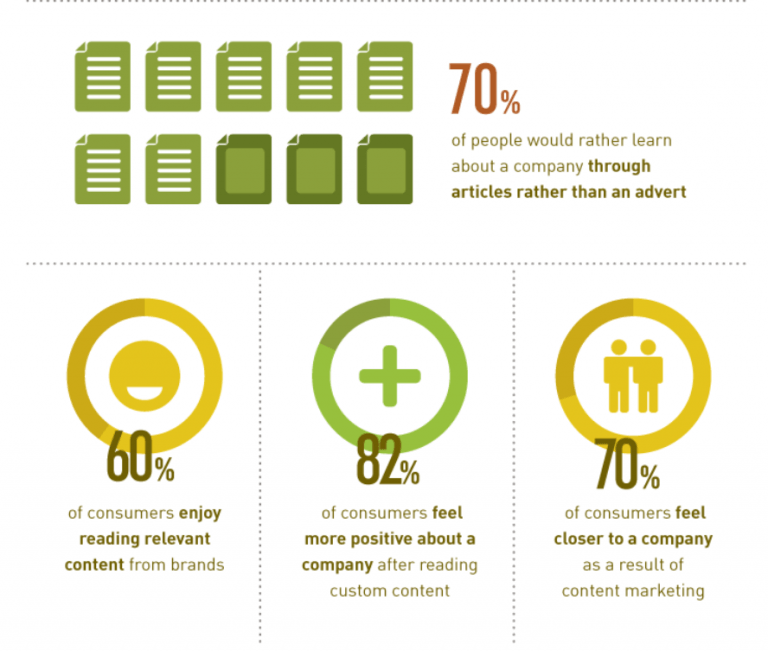

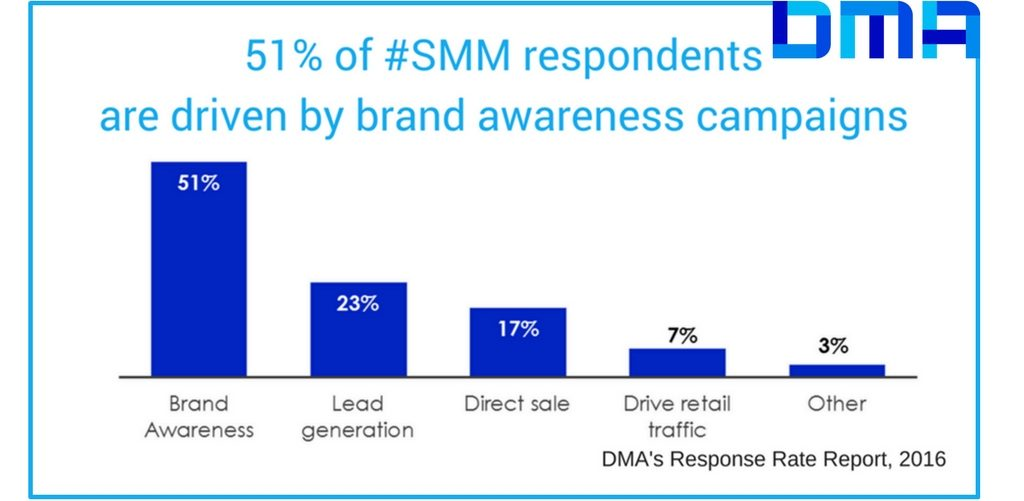

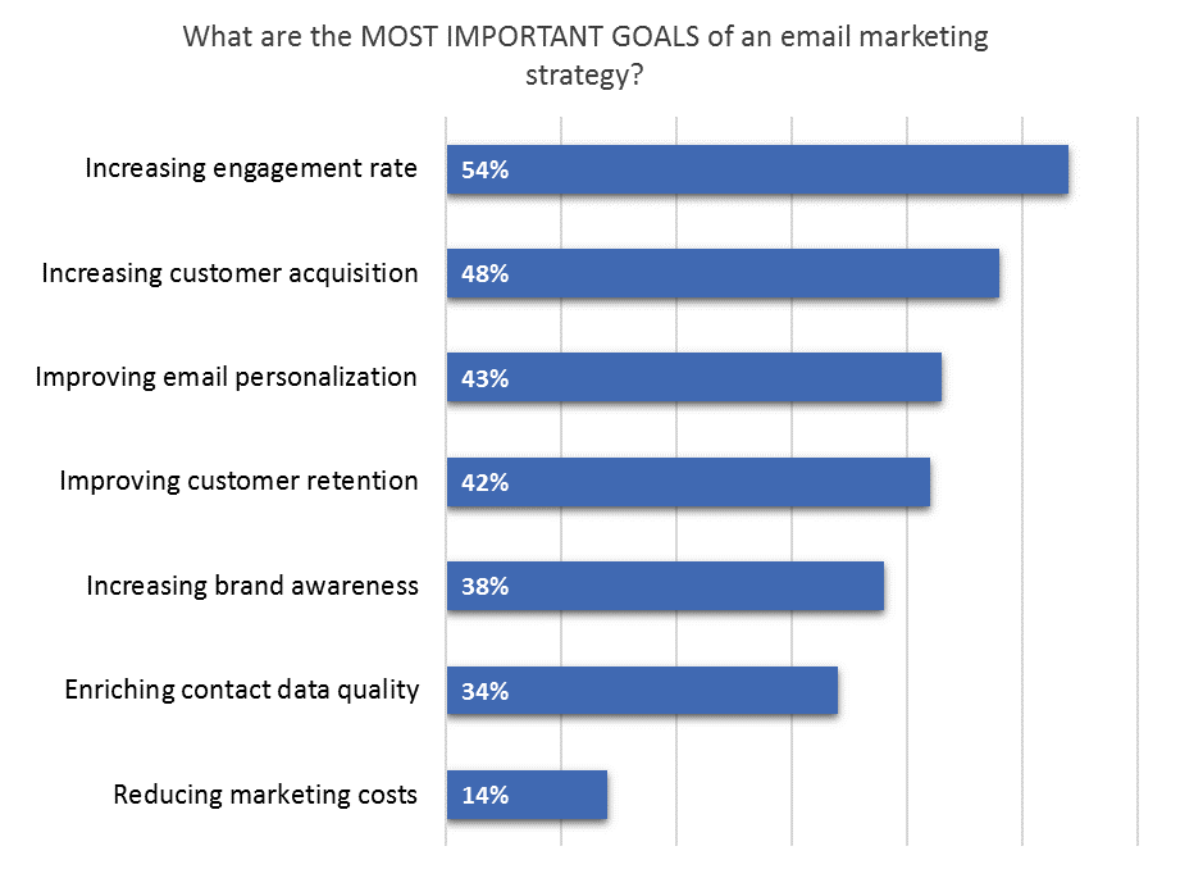
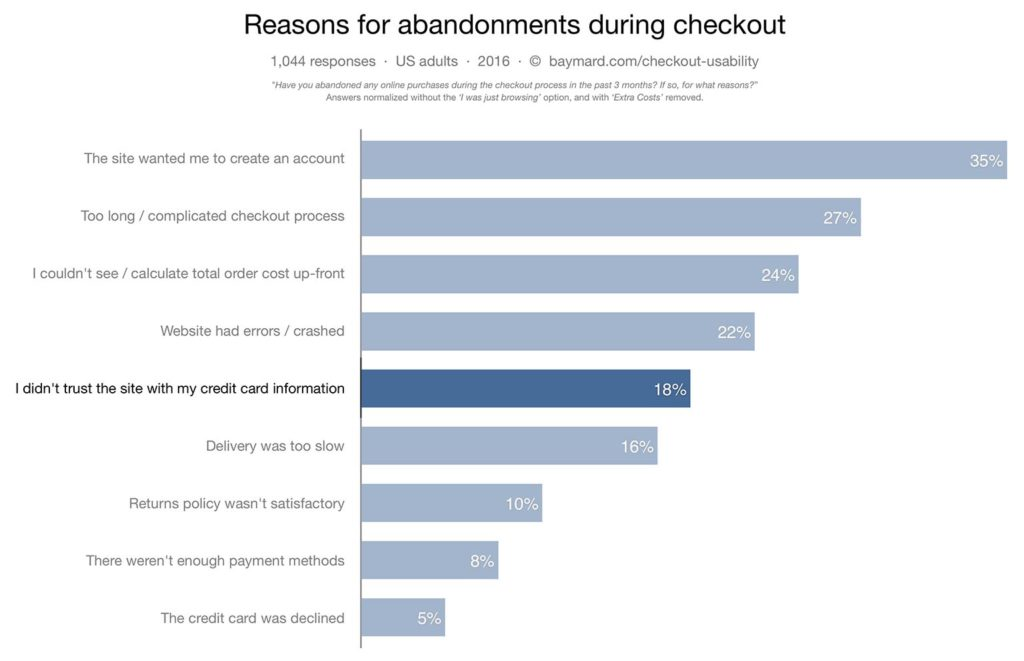
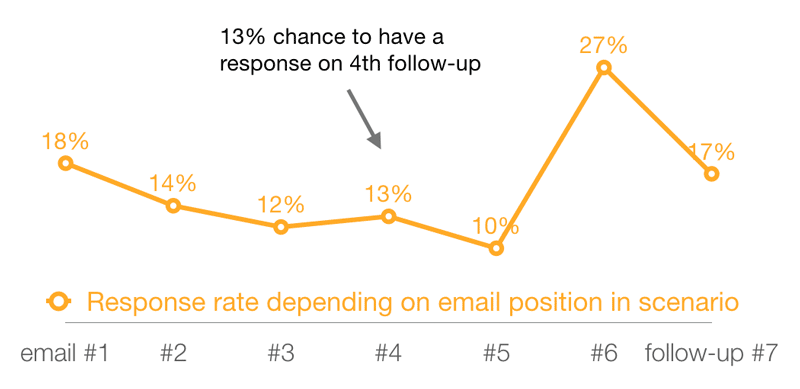

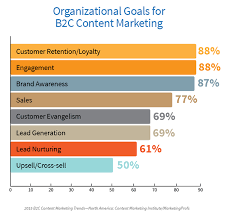

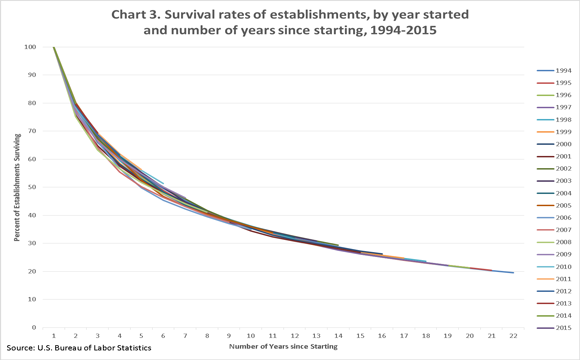
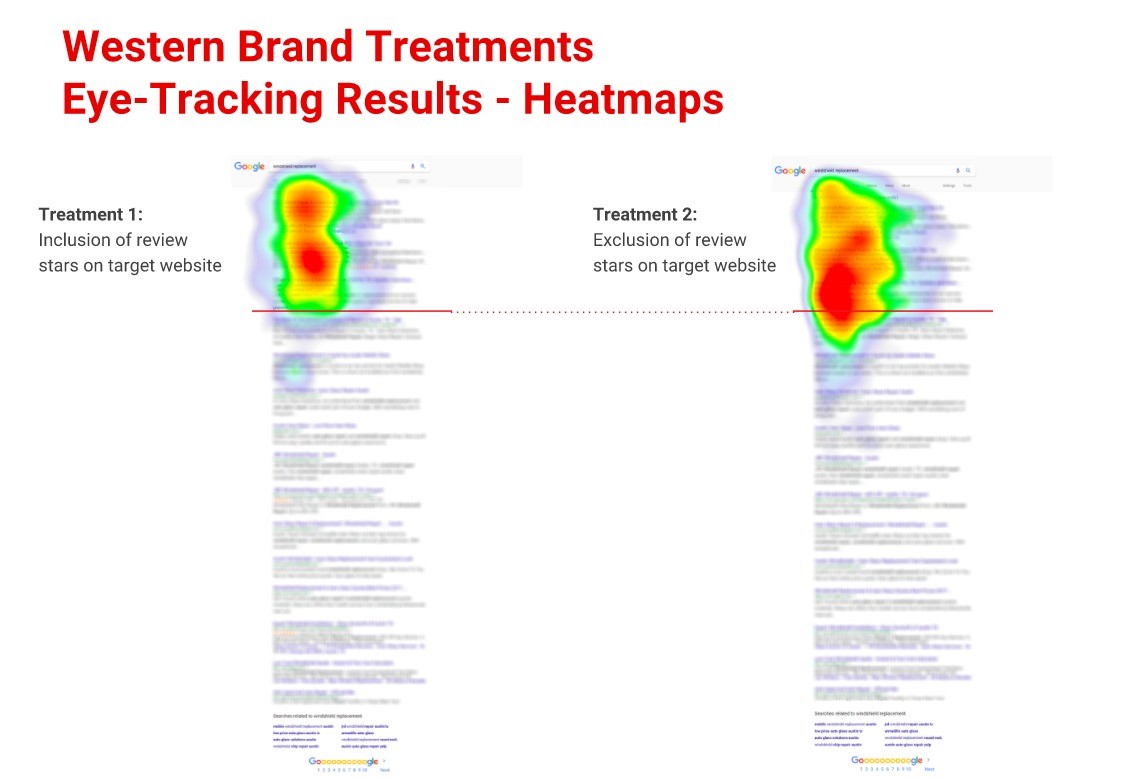

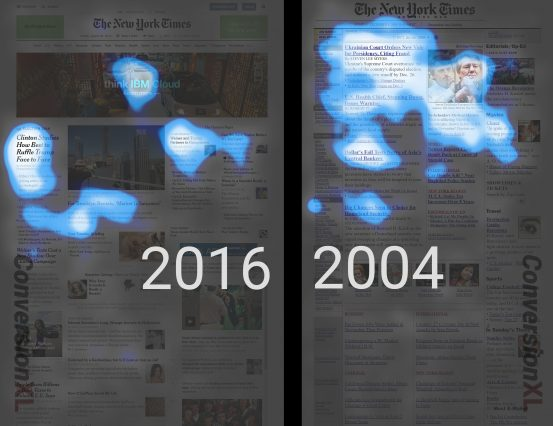
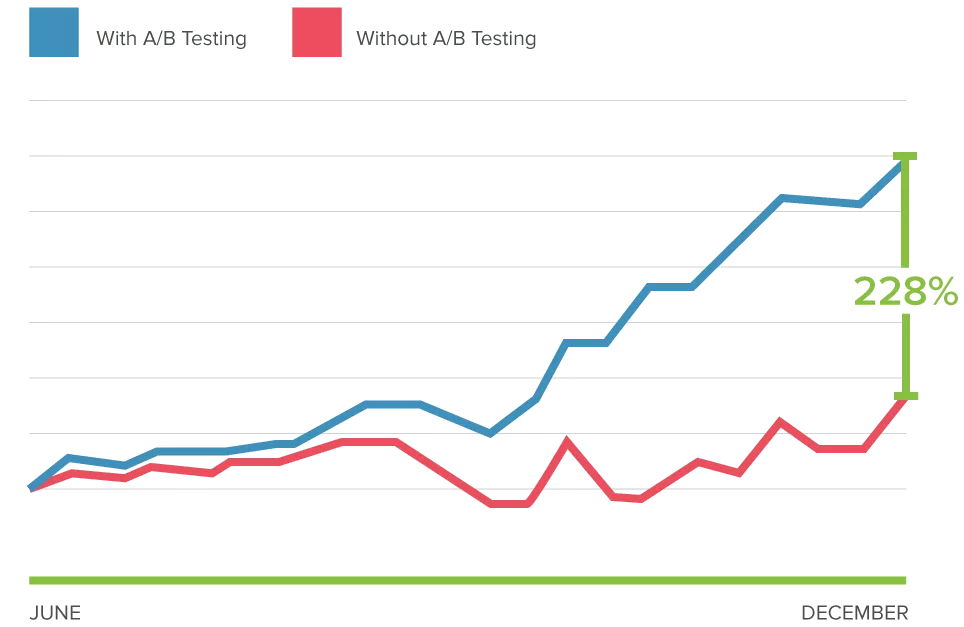

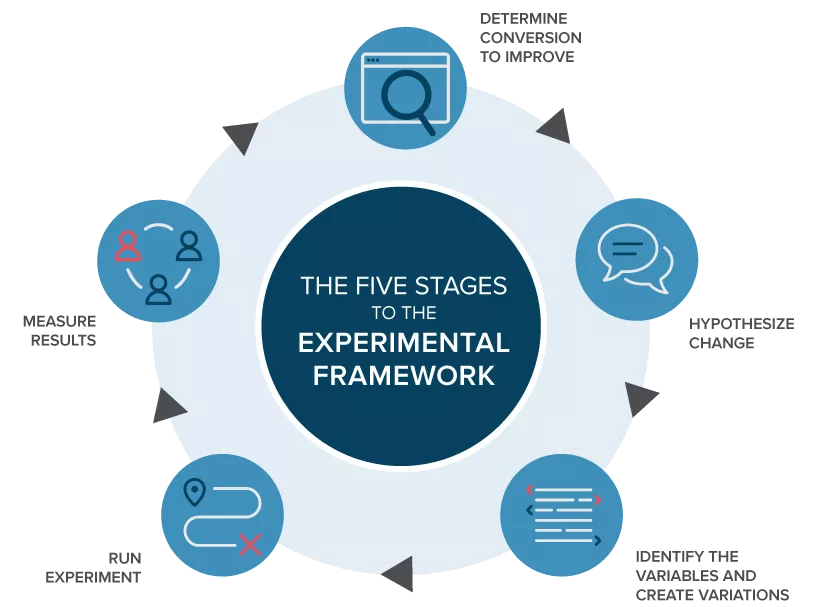
Comments (24)